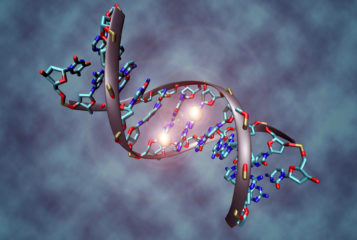A recent study identifies a new molecule as a potential target for prostate cancer therapy.
Prostate cancer is the most common cancer in UK men. Because prostate cells – healthy and cancerous – depend on male hormones (androgens) to function, it is routinely treated with drugs that suppress androgens or their receptors (ARs).
However, cancer cells can become resistant to androgen suppression therapies over time, and the tumour can then progress and spread. Androgen suppression can also have significant side effects including loss of muscle mass and sexual function.
'The androgen receptor is an important target in prostate cancer…This study identifies a feedback loop that we could potentially disrupt as an alternative to blocking the androgen receptor directly,' said study senior author Dr Arul Chinnaiyan, director of the Michigan Centre for Translational Pathology in Ann Arbor, Michigan.
The team used a technique called transcriptome analysis on prostate cancer cell lines and tissues, to study the role of a group of RNA molecules, whose function is not yet well understood: long non-coding RNAs (lncRNAs).
The study, published in Nature Genetics, revealed that a novel lncRNA which they named ARLNC1, is regulated by AR signalling and is expressed almost exclusively in prostate tumours.
Suppressing ARLNC1 expression – through direct RNA binding – in cultured cancer cells reduced the levels of AR effectors and caused a significant increase of tumour cell death. The result was replicated in an in vivo model: blocking ARLNC1 in mice significantly reduced tumour size and growth.
Based on their results, the authors suggest that ARLNC1 functions in regulating AR signalling and may be involved in prostate cancer metastatic progression. As such ARLNC1 may be a promising targeting for combined cancer treatment.




Leave a Reply
You must be logged in to post a comment.